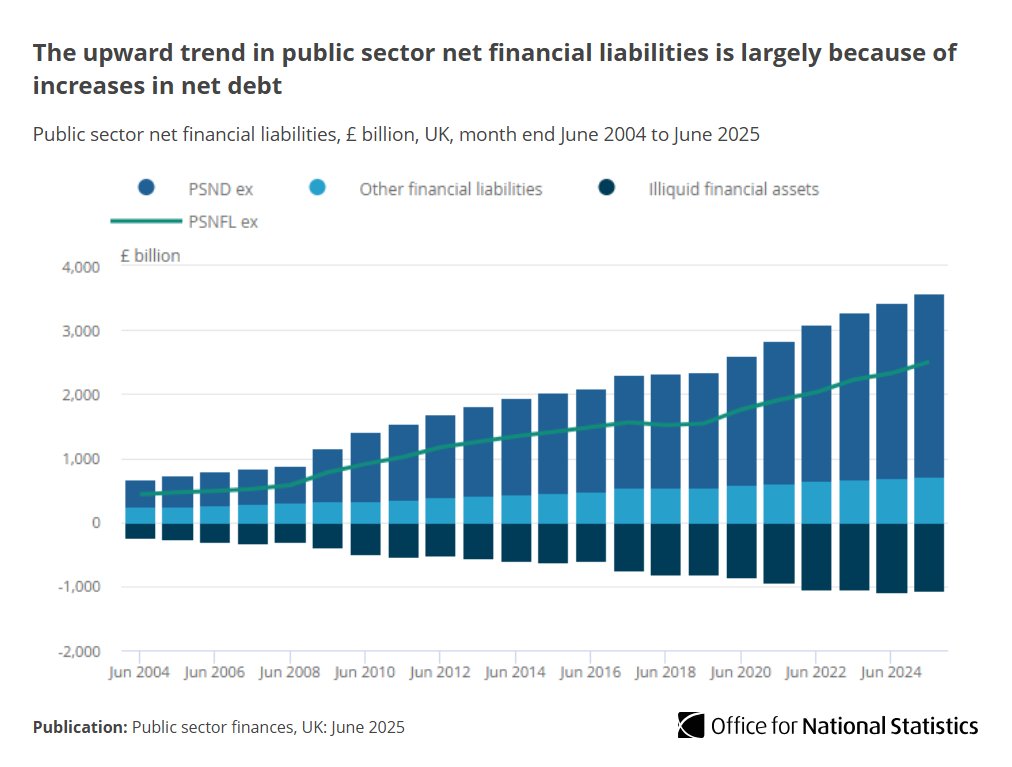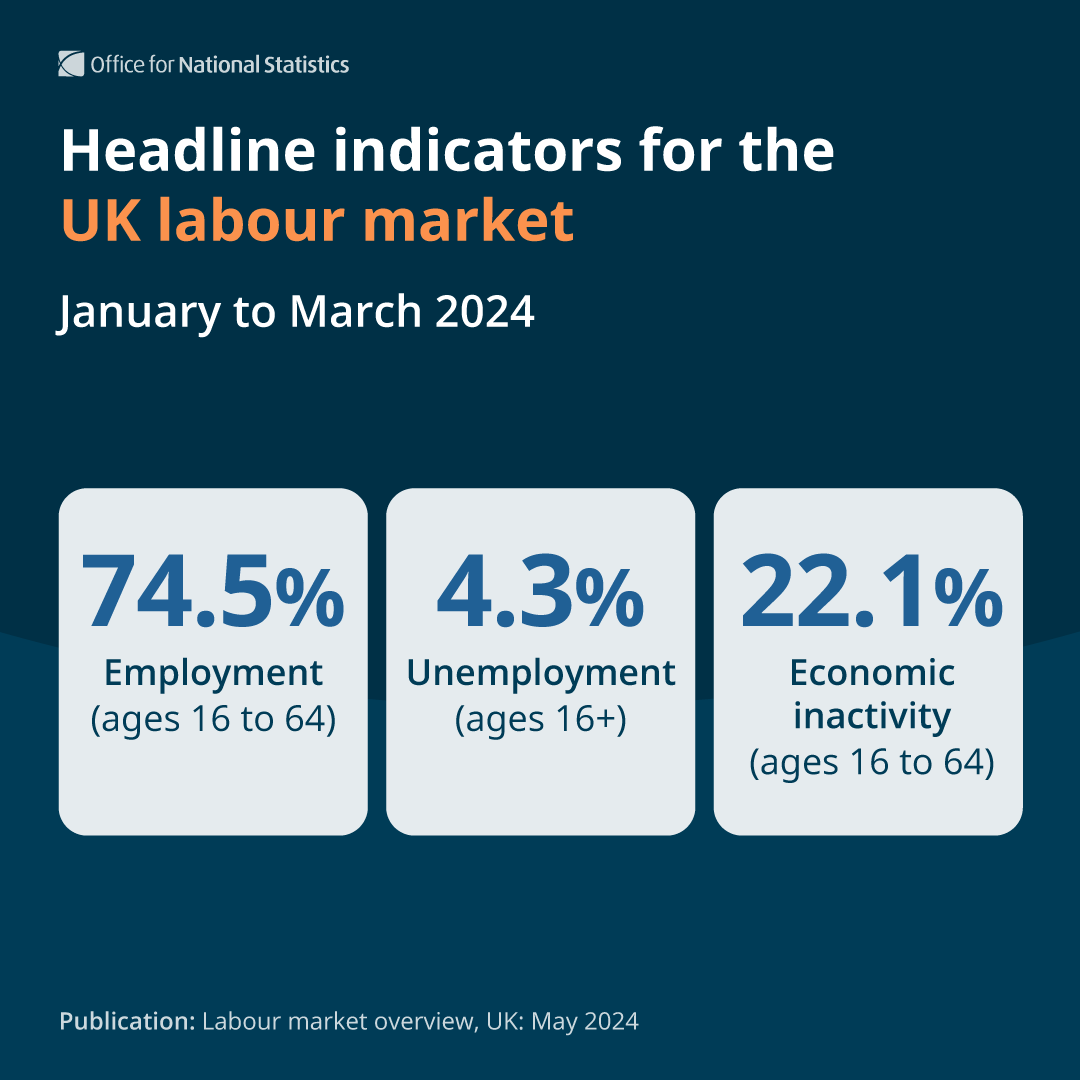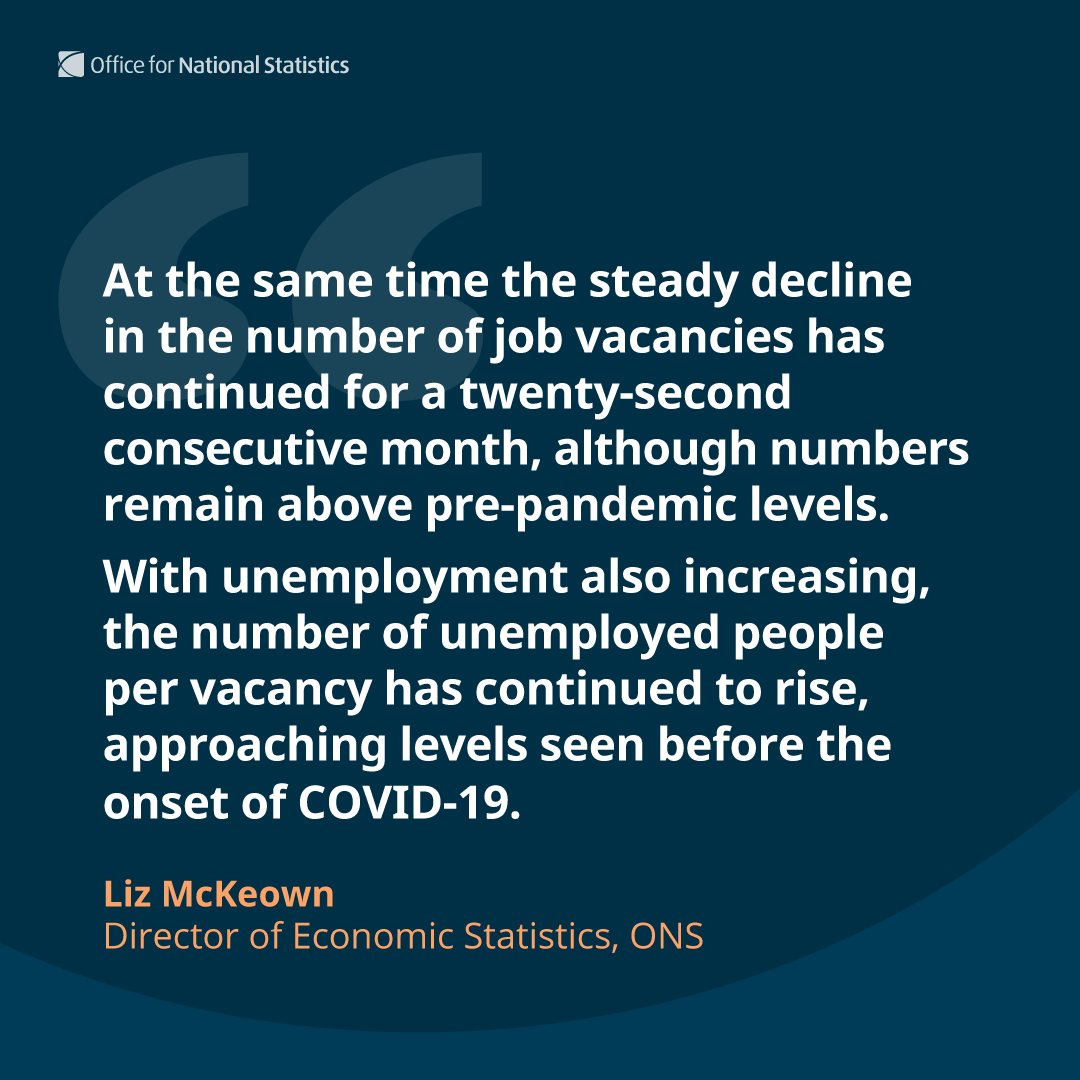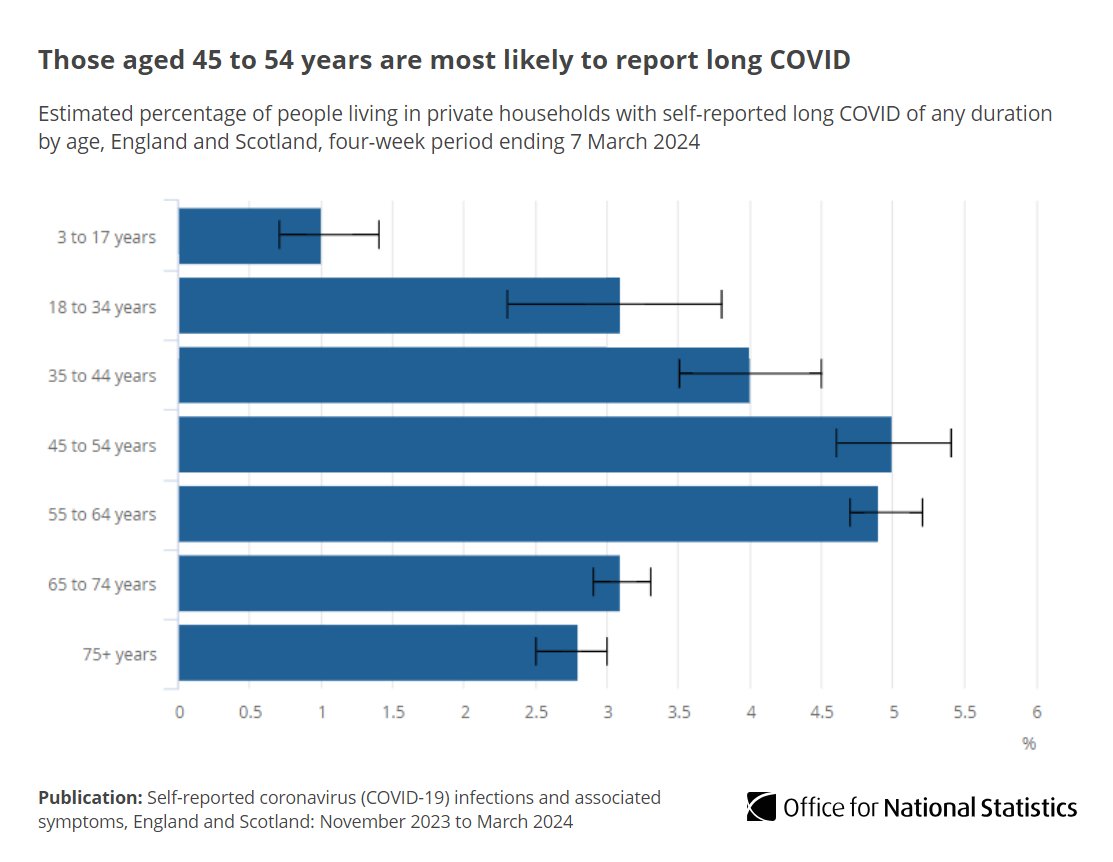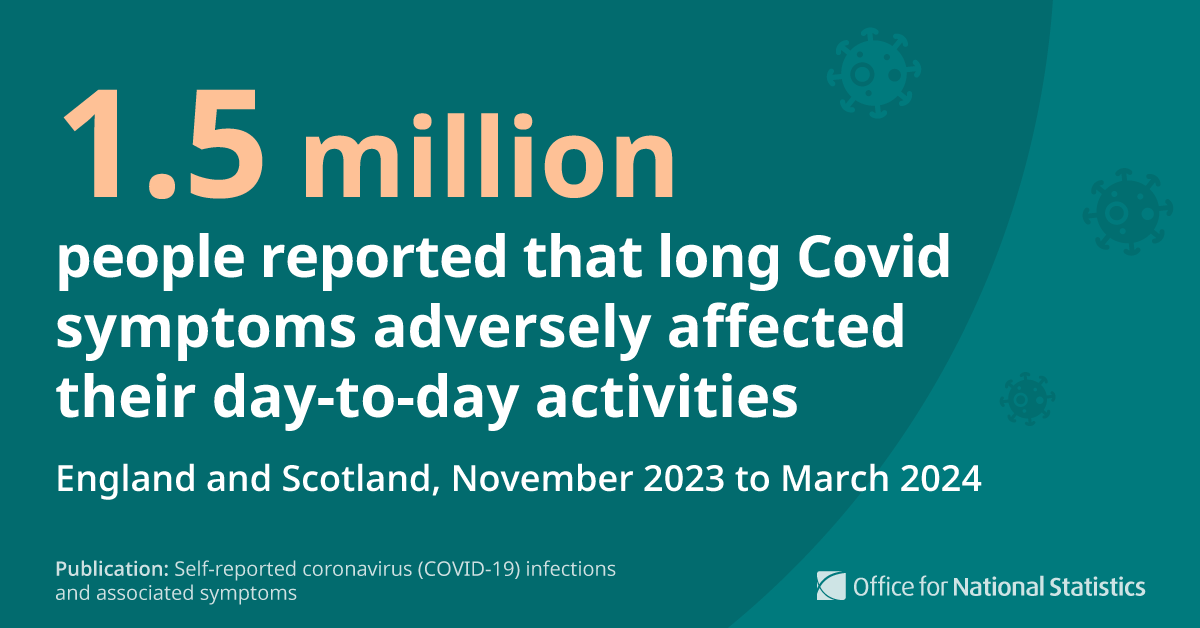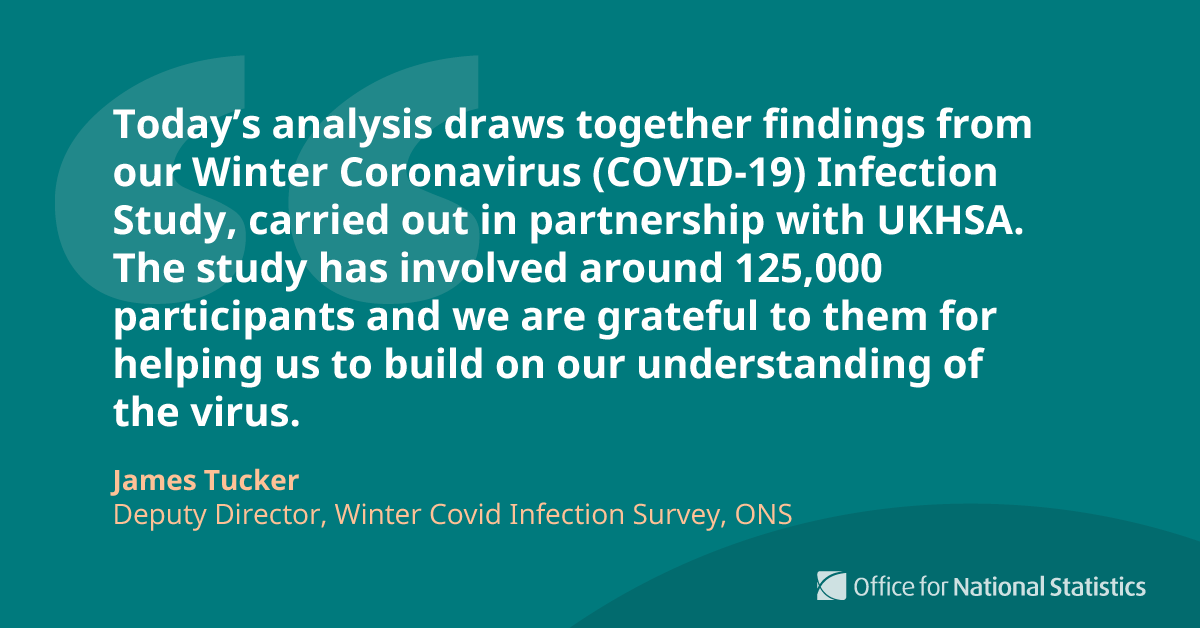Using #Census2021 data, we’ve explored qualification levels by country of birth across England and Wales.
43.8% of adult residents born outside the UK reported a higher education qualification – compared with 31.4% of UK-born residents 🎓
➡️ ons.gov.uk/peoplepopulati…
43.8% of adult residents born outside the UK reported a higher education qualification – compared with 31.4% of UK-born residents 🎓
➡️ ons.gov.uk/peoplepopulati…

The percentage of migrants with higher education qualifications varies considerably by country of origin.
For example, more than half of residents born in India, Nigeria and South Africa hold higher education qualifications.
For example, more than half of residents born in India, Nigeria and South Africa hold higher education qualifications.

The average age of migrants is lower than that of UK born residents.
As younger people are more likely to have a higher education qualification, this partly explains why more migrants hold them than UK-born residents.
However, it doesn't totally account for the difference.
As younger people are more likely to have a higher education qualification, this partly explains why more migrants hold them than UK-born residents.
However, it doesn't totally account for the difference.

After accounting for age differences in the populations, the gap between migrants and UK-born people with higher education qualifications narrows, but only by about a third. 

India is the country with the highest migrant population in England and Wales – and 50.9% hold a higher education qualification.
Use our interactive map to explore qualification levels by country of birth ➡️ ons.gov.uk/peoplepopulati…
Use our interactive map to explore qualification levels by country of birth ➡️ ons.gov.uk/peoplepopulati…
• • •
Missing some Tweet in this thread? You can try to
force a refresh



